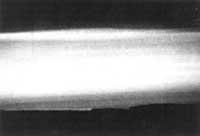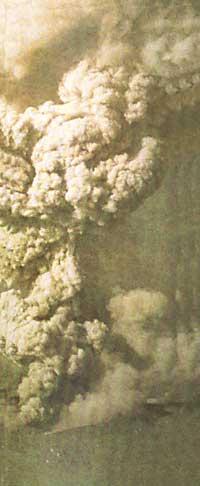Pinatubo will temper time
1993/05/01 Elhuyar Zientzia Iturria: Elhuyar aldizkaria
Volcanic eruptions cause the Earth to cool in general. But some US researchers claim that when an eruption occurs in Eurasia and North America, winters are quite scared. And it does not matter that the eruption occurs in one or another hemisphere. The eruption of the Pinatubo volcano in the Philippines caused greater notoriety in the winter of 1991/1992.
Volcanoes cool the Earth by pouring abundant matter into the stratosphere (sulfuric acid, above all). The sulfuric acid in the stratosphere absorbs heat from the Sun and prevents this heat from reaching the Earth. This phenomenon can last for several years. It is estimated that the eruption of Pinatubo has cooled 0.5°C the terrestrial surface.

Just as the earth's surface cools, at high altitudes the absorption of solar energy makes the stratosphere warm. The two effects mentioned in the winter part are weak at high altitudes. The different warming phenomena occurring in the stratosphere cause temperature differences between high and low latitudes to increase as well as the circulation of terrestrial air.
Alan Robock and Jianping Mao of the University of Maryland have explained that the temperature of the earth's surface has changed in the coming months of the major eruptions. Twelve large eruptions were analyzed with computers from the Krakatoa eruption in 1883 to the Pinatubo eruption in 1991. At the same time, the reason for the tempering of the Northern Hemisphere was explained.
The main reason is that in winter the winds of the high latitudes and semi-latitudes are reinforced and thus comes more marine air to the continents. In winter the sea is more temperate than the terrestrial (and vice versa in summer), so the sea wind storms the continents.

Gai honi buruzko eduki gehiago
Elhuyarrek garatutako teknologia






